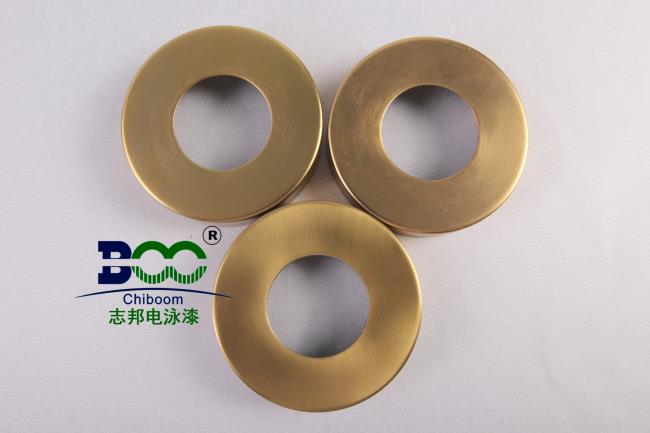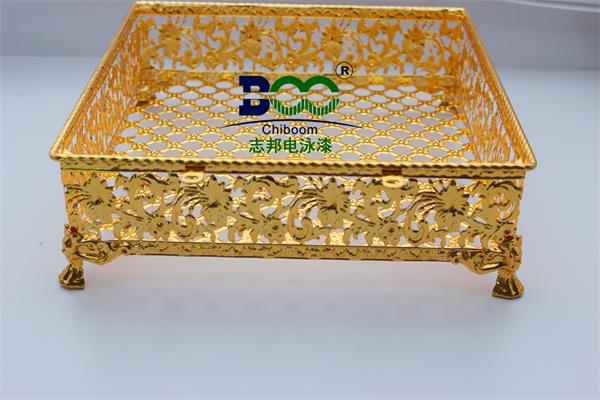What are the reasons for poor adhesion of electrophoretic paint?
In the vast canvas of modern industry, electrophoretic paint, with its characteristics of uniformity, efficiency, and corrosion resistance, has become an invisible guardian for the protection and beautification of metal products. However, in actual production and application, we sometimes encounter issues with poor adhesion of electrophoretic paint. The coating easily peels off, blisters, losing its intended protective function. What exactly are the reasons behind these problems?
Rome wasn’t built in a day, and neither is a perfect electrophoretic coating. Poor adhesion of electrophoretic paint often stems from the pre-coating treatment process. Before electrophoresis, the workpiece surface must undergo a series of rigorous treatments, including degreasing, rinsing, surface adjustment, phosphating (or passivation), etc. The purpose is to thoroughly remove contaminants such as oils, rust, oxides, and welding slag, and to form a uniform, dense, and firmly bonded conversion layer on the substrate. If degreasing is incomplete, the remaining oil污 acts like an isolating film, severely hindering direct contact between the electrophoretic paint and the substrate, leading to a significant drop in adhesion. Similarly, if surface rust or oxide scale is present, these loose materials cannot form a firm bond with the coating, instead becoming a hidden danger for poor adhesion. Poor quality of the phosphate layer, such as being too thin, uneven, or contaminated with impurities, will also greatly weaken the mechanical interlocking force and chemical bonding force between the coating and the substrate.

Beyond pre-treatment, the control of electrophoresis process parameters is also crucial. Minor deviations in parameters such as electrophoresis voltage, time, bath temperature, pH value, and solid content can affect the deposition process and the final quality of the coating. Excessive voltage may lead to excessively thick coating, pinholes, or poor adhesion; insufficient time results in a too-thin coating, inadequate protection, and poor adhesion. Improper bath maintenance, such as contamination by impurities or untimely replenishment of additives, can also lead to degradation of the coating’s performance.
The quality of the electrophoretic paint itself is also a decisive factor in determining adhesion. If the paint is improperly stored, or if the pigment-to-binder ratio is unbalanced, it can affect the crosslinking density and internal stress of the coating, thereby reducing adhesion. Impurities mixed into the paint, such as moisture, oil污, or other incompatible substances, can also disrupt the integrity of the coating.
Finally, the post-electrophoresis baking and curing is a critical step that finalizes the formation of the coating. Baking temperature that is too high or too low, or baking time that is too long or too short, will affect the degree of crosslinking of the coating, consequently impacting its adhesion. Excessive temperature may cause the coating to become brittle; insufficient temperature or time results in incomplete curing of the coating.
Poor adhesion of electrophoretic paintis a result of the combined action of multiple factors, ranging from pre-treatment to the electrophoresis process, the paint itself, and post-treatment. Negligence in any single环节 can lead to the final failure. To solve this problem, producers need to adopt a rigorous attitude, meticulously controlling and inspecting every环节, ensuring that electrophoretic paint truly fulfills its role as an invisible armor.




 WeChat
WeChat